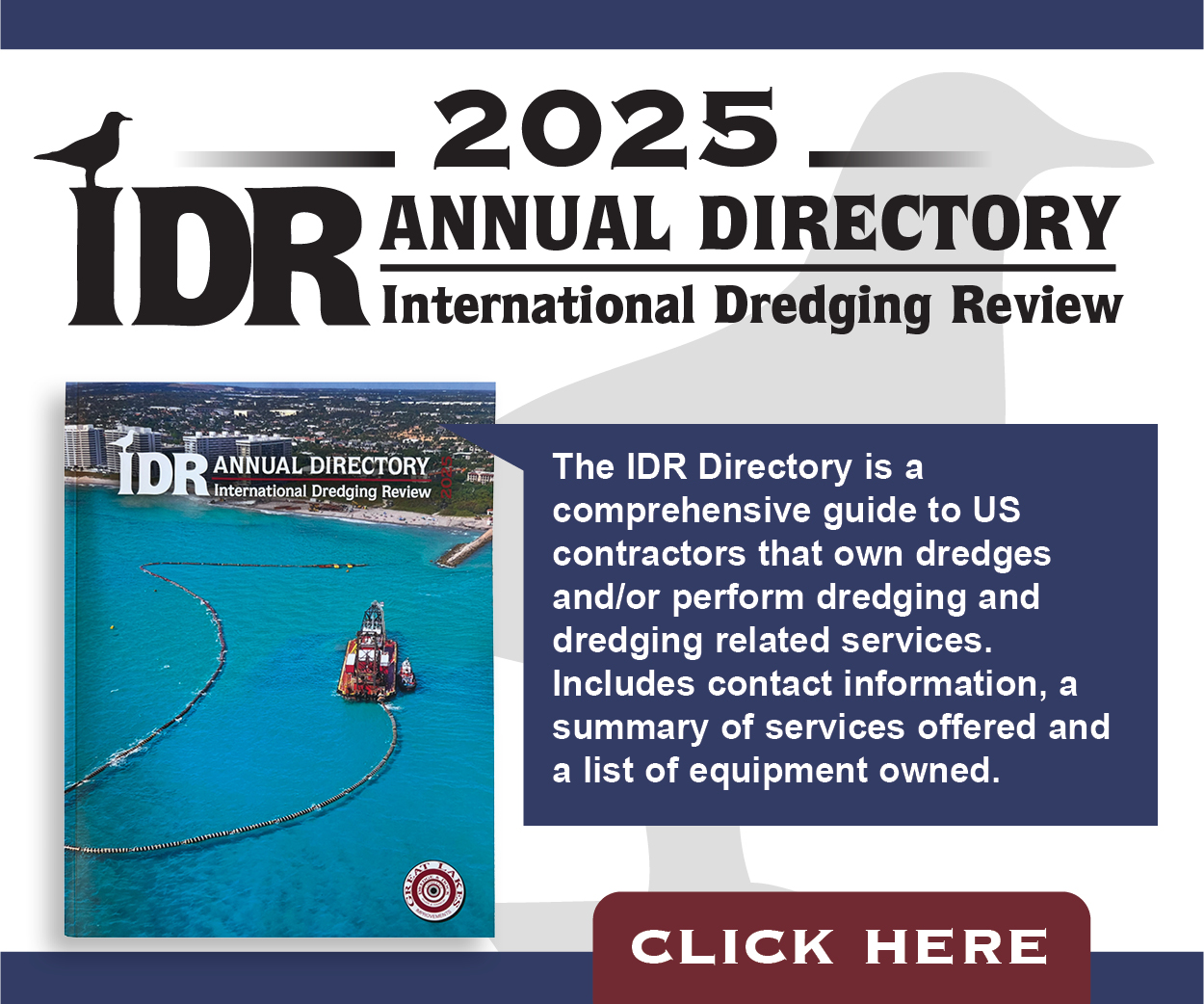NOAA Discusses Marine Chart Transition
The team at the National Oceanic and Atmospheric Administration that is overseeing the transition of marine charts from paper to fully electronic navigation aids gave a webinar April 22 updating users on their timeline and progress. While no federal agency will be publishing paper charts by the end of a five-year process begun in 2019, it doesn’t necessarily mean the “end” of paper, because NOAA is creating means for users to print out their own paper charts, based on continually updated electronic information.
The webinar, titled “Nautical Chart Cancellation Process, Timelines and Strategic Approach,” was presented by Capt. E.J. Van Dem Ameele, chief of the marine chart division of NOAA; Julia Powell, chief of its Navigation Services Division; and Colby Harmon, cartographer for its Marine Chart Division.
Since 2010, the use of paper charts has decreased by half, while the use of electronic charts has increased sevenfold, Van Den Ameele said. During that time, paper charts became more out of sync with continually updated electronic charts.
In November 2019, NOAA initiated a five-year process to end all raster nautical chart production. The first paper chart to be canceled was one of Lake Tahoe. Currently NOAA is giving six months’ notice prior to the cancellation of any given chart.
NOAA said it is intent on easing the transition to ENC (electronic navigational chart)-based products while continuing to support safe navigation. The complete “sunsetting” of paper raster charts is expected to be completed by 2025.
Custom Chart Tool
After gathering comments, NOAA established its NOAA Custom Chart (NCC) program. The prototype has been under development for some time and is being continually updated. The online NOAA Custom Chart application enables users to create their own charts from the latest NOAA ENC data. NCC is an easy way to create a paper or digital backup for electronic chart systems or other Global Positioning System (GPS) enabled chart displays. Users may define the scale and paper size of custom-made nautical charts centered on a position of their choosing. NCC then creates a geospatially referenced Portable Document Format (GeoPDF) image of a nautical chart. Chart notes and other marginalia are placed on a separate PDF page. Users may then download, view and print the output.
Harmon spoke on improvements to the ENC information, including symbology and labeling improvements, updated paper sizes made available and the ability to save custom charts. “We created the NCC to address the concerns of those who wanted paper charts,” Harmon said.
One change users will notice on ENCs is the use of waterway names instead of product numbers on electronic charts, Powell said.
During a question-and-answer session after the presentations, the team said that the “engine” that updates ENCs would run on NOAA servers, even on chart products offered by third parties. Some third parties write scripts including information on NOAA servers. NOAA itself has no plans to develop its own software. Harmon said NOAA is exploring introducing a subscription service and an API (application programming interface) for custom charts but doesn’t manage third-party reseller networks.
Van Den Ameele said NOAA is working with the Coast Guard on how to use ENCs in exams for master and mates’ licenses. The Coast Guard is the source of all information on aids to navigation on NOAA charts.
The Office of Coast Survey, which oversees chart production and later became part of NOAA, is one of the oldest federal agencies, having been founded by Thomas Jefferson in 1807.



